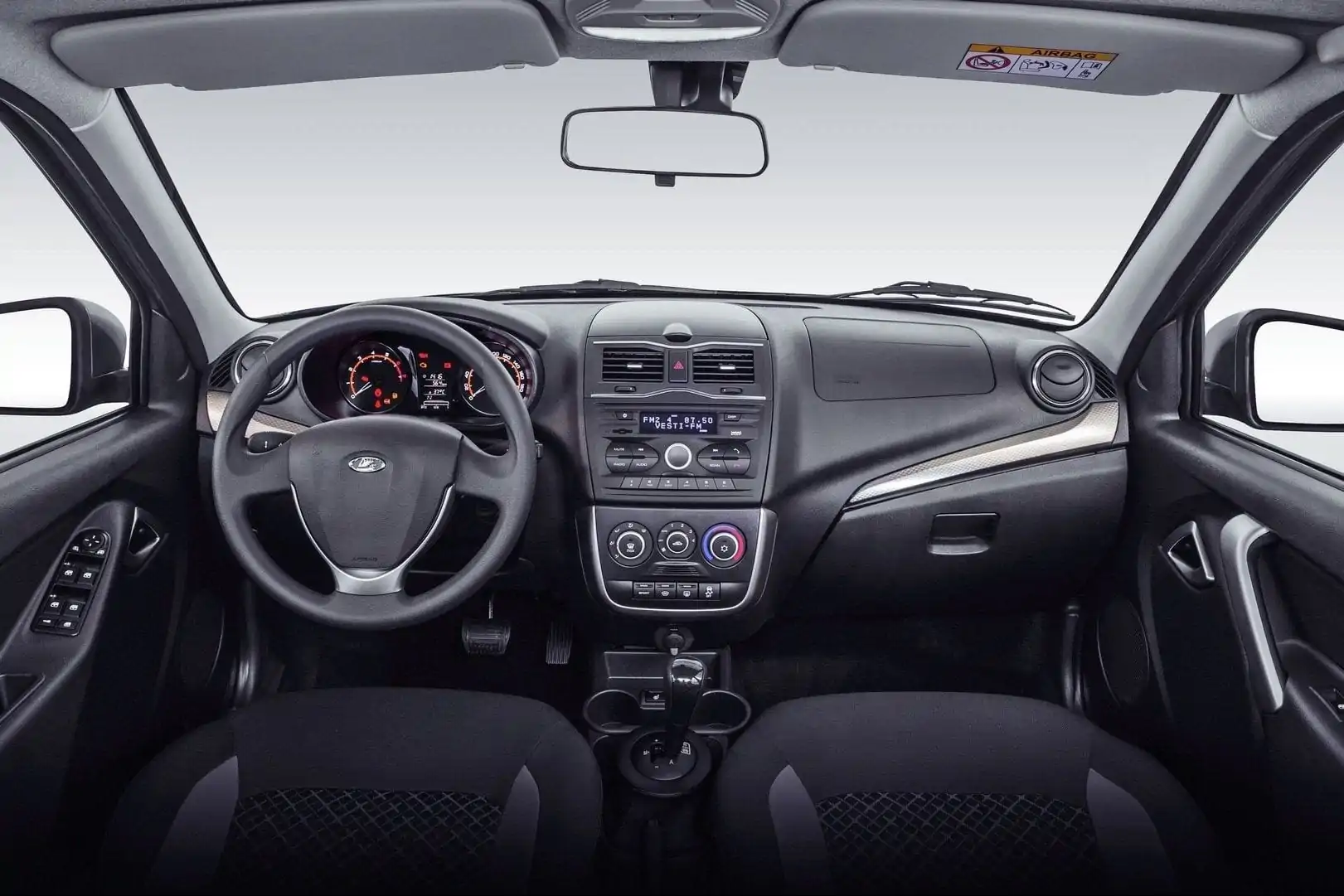![Tesla v10 update is reducing Model 3 battery capacity available to the user? [Bjorn Nyuland, YouTube]](https://avtotachki.com/wp-content/uploads/2021/11/obnovlenie-tesla-v10-snizhaet-emkost-akkumulyatora-model-3-dostupnuyu-polzovatelyu-born-nyuland-youtube.jpg)
Tesla v10 update is reducing Model 3 battery capacity available to the user? [Bjorn Nyuland, YouTube]
Bjorn Nyland made a surprising discovery: he recently lost about 6 percent of the battery capacity of a Tesla Model 3 Long Range AWD. His car is a Model 3 with batteries with a total capacity of 80,5 kWh and a usable capacity of ~74 kWh. At least that was the case until now - now only about 69,6 kWh.
Table of contents
- Sudden battery degradation? Additional buffer? Shifted boundaries?
- How Tesla calculates the available range, i.e. beware of the trap
Nyland was surprised to find that after the car was fully charged, the odometer showed 483 kilometers remaining (“Typical”, see image below). So far, the numbers have been higher, nominally Tesla Model 3 Long Range AWD and Performance should show 499 km.
![Tesla v10 update is reducing Model 3 battery capacity available to the user? [Bjorn Nyuland, YouTube]](https://avtotachki.com/wp-content/uploads/2021/11/obnovlenie-tesla-v10-snizhaet-emkost-akkumulyatora-model-3-dostupnuyu-pol-zovatelyu-b-orn-nyuland-youtube-elektromobili---www-elektrowoz-pl-1.jpg)
The same applies to a gradually depleting battery: once the car showed 300 kilometers of range at 60 percent of the battery capacity, now the same distance appears at 62 percent of the battery capacity - that is, before:
![Tesla v10 update is reducing Model 3 battery capacity available to the user? [Bjorn Nyuland, YouTube]](https://avtotachki.com/wp-content/uploads/2021/11/obnovlenie-tesla-v10-snizhaet-emkost-akkumulyatora-model-3-dostupnuyu-pol-zovatelyu-b-orn-nyuland-youtube-elektromobili---www-elektrowoz-pl-2.jpg)
The estimated power consumption values have also decreased, so the loss of range is not as noticeable on the screen (see the paragraph “How Tesla calculates the available range”).
Nyland estimates the total usable battery capacity of the new car to be 74,5 kWh. The editors of www.elektrowoz.pl most often write about 74 kWh, because this is the average value that we got from observing the measurements of various users, and this number is presented in the Tesla planner (link HERE), but in fact it was about 74,3. 74,4-XNUMX kWh:
![Tesla v10 update is reducing Model 3 battery capacity available to the user? [Bjorn Nyuland, YouTube]](https://avtotachki.com/wp-content/uploads/2021/11/obnovlenie-tesla-v10-snizhaet-emkost-akkumulyatora-model-3-dostupnuyu-pol-zovatelyu-b-orn-nyuland-youtube-elektromobili---www-elektrowoz-pl-3.jpg)
However, after the current measurement, it turned out that the power available to the user (Nyland) was no longer 74,5 kWh, but only 69,6 kWh! This is 4,9 kWh, or 6,6% less than before. In his opinion, this is not a degradation of the battery or a hidden buffer, since the car does not charge faster, and energy recovery with a full battery is limited.
![Tesla v10 update is reducing Model 3 battery capacity available to the user? [Bjorn Nyuland, YouTube]](https://avtotachki.com/wp-content/uploads/2021/11/obnovlenie-tesla-v10-snizhaet-emkost-akkumulyatora-model-3-dostupnuyu-pol-zovatelyu-b-orn-nyuland-youtube-elektromobili---www-elektrowoz-pl-4.jpg)
While charging, Nyland noticed that while the power provided by the charger is the same, it charges at a slightly higher voltage (see image below). This suggests that Tesla has either slightly increased the range that the user uses - the usable capacity is a fraction of the total capacity - or at least the allowable discharge limit.
![Tesla v10 update is reducing Model 3 battery capacity available to the user? [Bjorn Nyuland, YouTube]](https://avtotachki.com/wp-content/uploads/2021/11/obnovlenie-tesla-v10-snizhaet-emkost-akkumulyatora-model-3-dostupnuyu-pol-zovatelyu-b-orn-nyuland-youtube-elektromobili---www-elektrowoz-pl-5.jpg)
In other words: lower reset limit ("0%") is now slightly higherthat is, Tesla does not want to discharge batteries as deeply as it has done so far.
> The Tesla Model 3 has risen in price, the Performance variant only with gray 20-inch rims instead of silver ones.
Based on the data provided by the charger, Nyland calculated that the difference between 10 and 90 percent of the battery capacity decreased from 65,6 to 62,2 kWh, which means that the user has lost access to approximately 3,4 kWh of battery capacity. Another measurement - comparing the level of charge at a certain charging power - showed 3 kWh.
On average, about 6 percent comes out, that is loss of about 4,4-4,5 kWh... From conversations with other Tesla users, it emerged that the loss of available battery capacity coincides with a software update to version 10 (2019.32.x).
> Tesla v10 update now available in Poland [video]
How Tesla calculates the available range, i.e. beware of the trap
Keep in mind that Tesla – unlike almost all other electric vehicles – They DO NOT calculate range based on driving style.... Cars have a fixed energy consumption constant, and given the available battery capacity, calculate the remaining range. For example: when the battery has 30 kWh of energy and the constant consumption is 14,9 kWh / 100 km, the car will show a range of about 201 km (= 30 / 14,9 * 100).
Nyland saw that this constant recently changed from 14,9 kWh / 100 km (149 Wh / km) to 14,4 kWh / 100 km (144 Wh / km)... As if the manufacturer wanted to cover up the change in battery capacity available to the user.
If the previous value of consumption were kept, the user would be surprised by the sudden giant drop in range: cars would start to show about 466-470 kilometers. instead of the previous 499 kilometers - because the battery capacity has decreased by this amount.
> Electric vehicles with the longest range in 2019 - TOP10 rating
Here is the full video, worth looking atbecause due to the proposed changes, Nyland is translating many concepts related to Tesla and electric vehicles:
This may interest you:

![Tesla v10 update is reducing Model 3 battery capacity available to the user? [Bjorn Nyuland, YouTube]](https://avtotachki.com/wp-content/uploads/2021/11/elektrovelosiped-chto-region-il-de-frans-planiruet-na-2020-god.jpg)